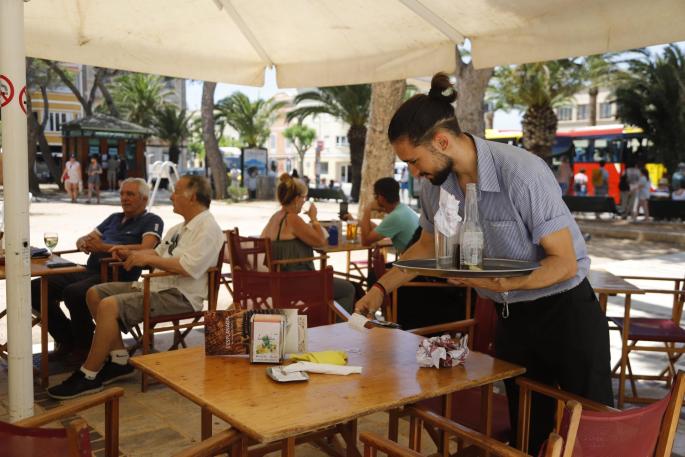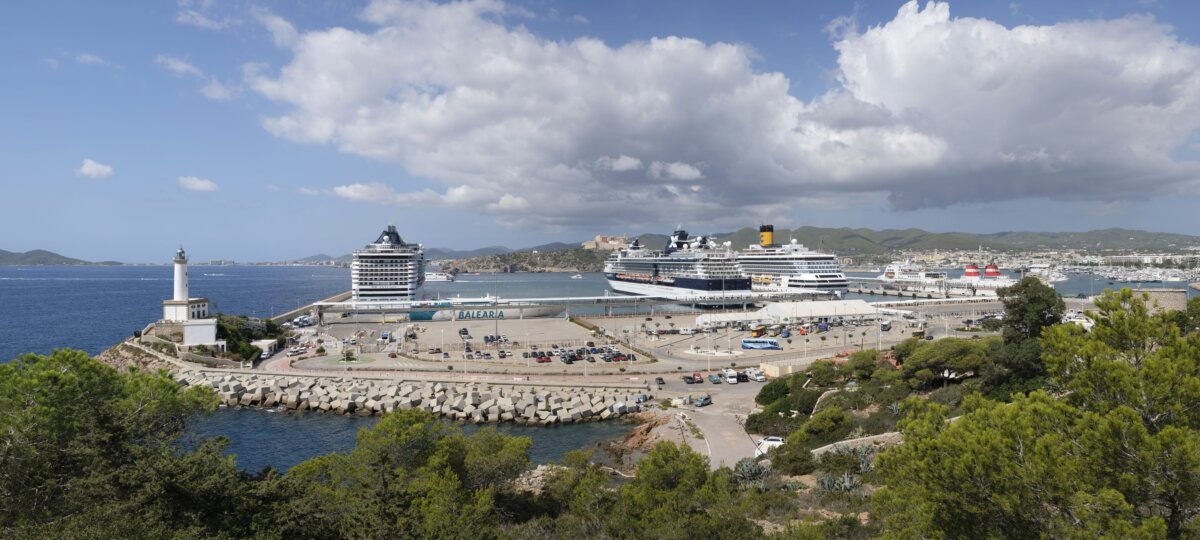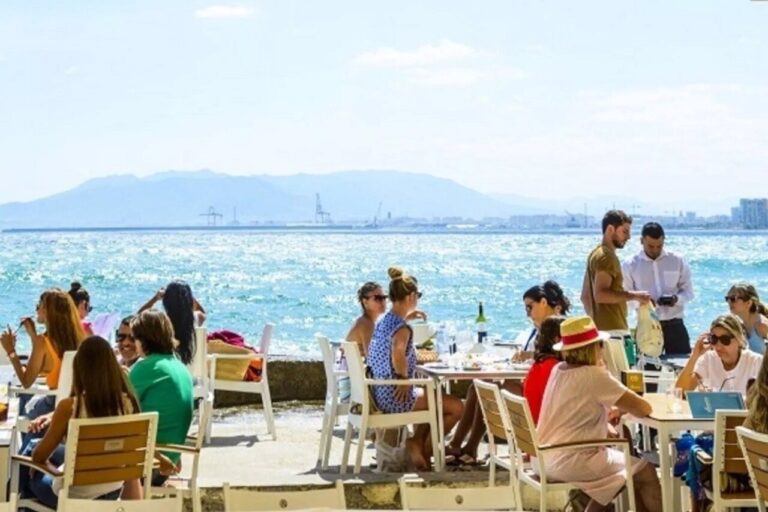Over the last 18 years, since the Dependency Law came into force, 73,838 people have been assisted in the Balearic Islands. At the national level, there have been 3.7 million people, while 900,000 have died on waiting lists throughout Spain.
On the other hand, in the Balearic Islands, the resolutions of degree of dependency made between November 1, 2023 and October 31, 2024 have been 8,044, with an average resolution time from the application of 121 days, according to a report by the Association of Directors and Managers in Social Services with official data provided by the Transparency Portal. This resolution time is significantly less than the national average of 201 days. The number of benefits granted in the last year in the islands was 6,579, with an average waiting time from the granting of the degree to the receipt of the benefit of 129 days. As for the waiting time from the application for dependency to the resolution of the benefit, it has been 249 days in the Balearic Islands. Other data provided in the report are as follows:
- In 2024, with 12-month data as of October 31, the average resolution time is 330 days as a national average. In the Balearic Islands it is 249 days.
- According to the report, the Balearic Islands is the fifth community with the longest waiting list, with 13.1%.
- In the Balearic Islands, the deceased persons pending resolution of grade and resolution of benefit (from January 1, 2017 to November 30, 2024) are 7,425, of whom 3,534 have died pending grade and 3,891 pending PIA.
- Public expenditure per potentially dependent population in the Balearic Islands was 1,278.46 €, compared to the national average of 1,377.94 €.
- Public investment per inhabitant is €112.86 in the Balearic Islands, compared to the national average of €181.31 per inhabitant.
Employment generation, the weak link in the Balearic Islands
According to the report, “in these 18 years, the dependency system has proved to be one of the sectors of economic activity with the greatest potential for job creation, and, moreover, a source of constant, stable and non-locatable employment”. However, the brief clarifies that there are very dissimilar situations among the different autonomous communities. “The generation of employment is closely related to the model of service provision provided by each Autonomous Community”. For example, some autonomous communities have an average of 65 jobs per million euros invested (this is the case of Castilla y León) while in the Balearic Islands there are barely 24 jobs per million euros invested, “due to the absence of services in its portfolio of services to the detriment of the Economic Benefits for Care in the Family Environment (PEECEF).”













